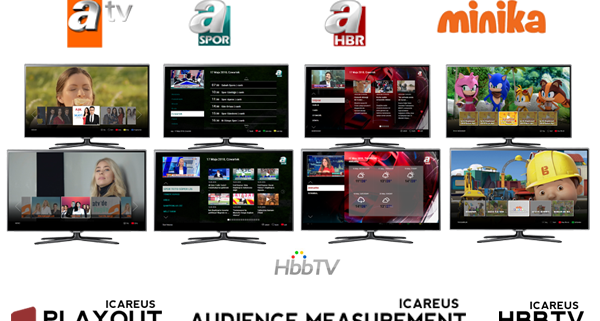Helsinki, 23.5.2018, Icareus has delivered a turnkey HbbTV solution to ATV, the leading commercial broadcaster in Turkey. ATV wanted to offer more to their viewers and to understand better how their channels are watched, so they turned to Icareus to design and deliver a complete SmartTV service based on HbbTV (www.hbbtv.org). Icareus build a turnkey HbbTV solution based on its existing products that enabled ATV (www.atv.com.tr) and its sister channels A Haber, A Spor and children’s’ channel Minika to offer valuable services to their viewers via SmartTVs.
Join Our Newsletter List
Latest News
- Behind the Scenes: How Video Analytics Drive Success April 4, 2024
- Enhancing Internal Communication: Revolutionizing Collaboration, Training, and Knowledge Sharing with Enterprise Videos February 12, 2024
- Icareus and Divitel deliver Telenet a complete datacasting solution January 30, 2024
- Icareus Video Cloud enables a new streaming service: Elonet+ January 23, 2024
- 11 highlights of the 11th HbbTV Symposium December 5, 2023
- 11th HbbTV Symposium and Awards November 21, 2023
- Solving Grassroot Sports Streaming & Monetization November 16, 2023
- Icareus delivered second Satellite TV EPG and Apps management solution to Telespazio September 12, 2023
- ZoneSystems delivered Icareus Playout EPG solution to RTB in Brunei September 7, 2023
- Find us at Sportel Monaco September 4, 2023

